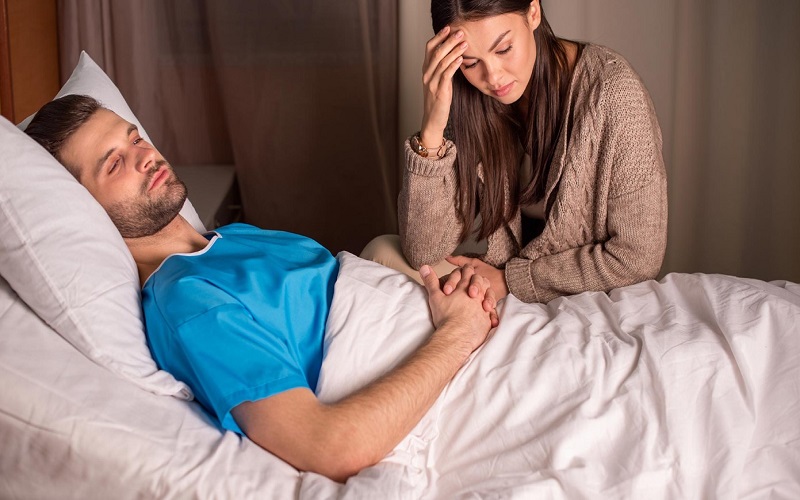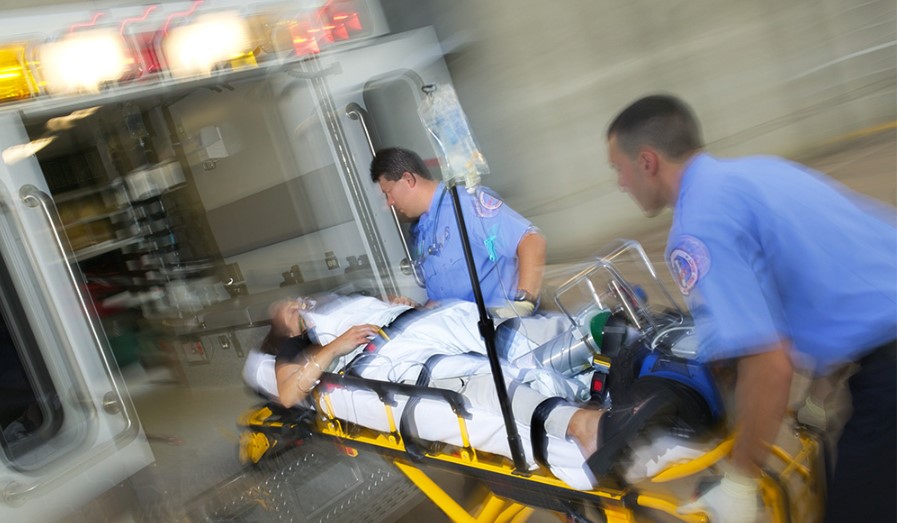CPPS stands for Chronic Pelvic Pain Syndrome, which is a type of pelvic pain for males that lasts for more than three months. CPPS is also known as chronic prostatitis, which is a term that is used to describe inflammation of the prostate gland. However, it is important to note that not all cases of CPPS are caused by prostration. There are two types of CPPS. These are bacterial and non-bacterial CPPS. In this article, we will discuss the causes, symptoms, diagnosis, and traditional treatments for CPPS.
Causes of CPPS:
The exact cause of CPPS is unknown, but it is believed to be caused by a combination of factors, including:
- Infection: CPPS may be caused by an infection in the prostate gland, urethra, bladder, or other parts of the urinary tract.
- Inflammation: Inflammation of the prostate gland or other parts of the urinary tract can cause CPPS.
- Nerve damage: Nerve damage in the pelvic area can cause CPPS.
- Muscle tension: Tightening of the muscles in the pelvic area can cause CPPS.
- Psychological factors: Stress, anxiety, and depression can also cause CPPS.
Symptoms of CPPS:
Chronic pelvic pain syndrome symptoms in males can vary from person to person, but they usually include:
- Pain in the pelvic area: This pain can be mild or severe and may be felt in the lower back, hips, groin, and genitals.
- Pain during urination: Pain or discomfort during urination is a common symptom of CPPS.
- Pain during ejaculation: Some men may experience pain or discomfort during ejaculation.
- Urinary frequency: Urinating more frequently than usual is a common symptom of CPPS.
- Pain during bowel movements: Some people with CPPS may experience pain or discomfort during bowel movements.
- Erectile dysfunction: Some men may experience difficulty achieving or maintaining an erection.
- Fatigue: Fatigue is a common symptom of CPPS.
Diagnosis of CPPS:
Diagnosing CPPS can be challenging because the symptoms can be similar to those of other conditions. A medical professional will conduct a physical examination and obtain medical history to identify CPPS. They may also order tests to rule out other conditions, such as urinary tract infections, sexually transmitted infections, or prostate cancer. Tests that may be performed include:
- Urine test: A urine test can help rule out a urinary tract infection or other conditions.
- Prostate exam: A prostate exam can help rule out prostate cancer or other prostate-related conditions.
- Blood test: A blood test can help rule out other conditions, such as sexually transmitted infections.
- Ultrasound: An ultrasound can help rule out other conditions, such as kidney stones or bladder cancer.
- Cystoscopy: A cystoscopy involves inserting a small camera into the urethra to examine the bladder and urethra.
Traditional treatments for CPPS:
Some of the traditional chronic pelvic pain syndrome treatment options are given below:
- Antibiotics: If an infection is causing CPPS, antibiotics may be prescribed to treat the infection.
- Pain relievers: Over-the-counter pain relievers, such as ibuprofen or acetaminophen, may be recommended to relieve pain.
- Muscle relaxants: Muscle relaxants may be prescribed to help relax the muscles in the pelvic area.
- Alpha-blockers: Alpha-blockers are a type of medication that can help relax the muscles in the prostate gland and improve urine flow.
- Physical therapy: Physical therapy may be recommended to help stretch and strengthen the muscles in the pelvic area.
- Biofeedback: Biofeedback involves using sensors to monitor muscle tension and learning how to control the muscles in the pelvic area.
- Lifestyle changes: Making lifestyle changes, such as avoiding caffeine and alcohol, may help reduce symptoms.
- Stress management: Stress management techniques, such as deep breathing, meditation, or yoga, may help reduce symptoms.
- Cognitive-behavioral therapy (CBT): CBT is a type of therapy that focuses on changing negative thoughts and behaviors. It may be helpful for people with CPPS who are experiencing psychological symptoms, such as anxiety or depression.
Alternative treatments for CPPS:
Some people with CPPS may turn to alternative treatments to help relieve their symptoms. While there is limited scientific evidence to support the effectiveness of these treatments, some people find them helpful. Alternative chronic pelvic pain syndrome treatment options include:
- Acupuncture: Acupuncture involves inserting thin needles into specific points on the body to help relieve pain and other symptoms.
- Herbal remedies: Some herbs, such as saw palmetto or stinging nettle, may help relieve symptoms of CPPS.
- Probiotics: Probiotics may help reduce inflammation and improve the balance of bacteria in the gut.
- Yoga: Yoga may help reduce stress and improve muscle tension in the pelvic area.
- Hypnotherapy: Hypnotherapy involves using hypnosis to help reduce pain and other symptoms.
- Chiropractic care: Chiropractic care involves manipulating the spine to help relieve pain and improve overall health.
- Shockwave therapy: With many patients reporting significant relief from their symptoms, shockwave therapy has been demonstrated to be an effective treatment for non-bacterial chronic pelvic pain syndrome. Shockwave therapy for non-bacterial CPPS works by encouraging blood flow and healing in the injured area, which helps lessen pain and inflammation. Shockwave therapy has also been demonstrated to enhance muscle performance and lessen muscle tension, both of which can help symptoms of non-bacterial CPPS.
- EMTT therapy: When combined with other technologies, the non-invasive extracorporeal magnetotransduction therapy (EMTT), which was developed primarily to treat musculoskeletal pain and other illnesses has been demonstrated to considerably improve men’s sexual health problems, including non-bacterial CPPS.
- Massage therapy: Massage therapy may help relieve muscle tension and improve circulation.
So, CPPS is a type of chronic pelvic pain that can be caused by a combination of factors, including infection, inflammation, nerve damage, muscle tension, and psychological factors. The symptoms of CPPS can vary from person to person but usually include pain in the pelvic area, pain during urination and ejaculation, urinary frequency, pain during bowel movements, erectile dysfunction, and fatigue. CPPS can be diagnosed through physical exams, medical history, and tests to rule out other conditions. Traditional treatments for CPPS include antibiotics, pain relievers, muscle relaxants, alpha-blockers, physical therapy, biofeedback, lifestyle changes, stress management, and cognitive-behavioral therapy. Alternative treatments for CPPS include acupuncture, herbal remedies, probiotics, yoga, hypnotherapy, chiropractic care, and massage therapy. In the case of non-bacterial CPPS, shockwave therapy and EMTT therapy are two very effective treatment options as well. But it is important to talk to a healthcare provider before trying any sort of treatment options for CPPS.
Modern treatments like shockwave therapy and EMTT have shown a lot of promise in treating non-bacterial CPPS. Though not every clinic offers these treatments to cure CPPS. One clinic that does use these modern technologies as treatments for non-bacterial CPPS is, Shockwave Clinics Ltd. Shockwave Clinics offers a combination of treatments including shockwave therapy, EMTT therapy and Tesla Chair, in order to treat men with non-bacterial CPPS.





